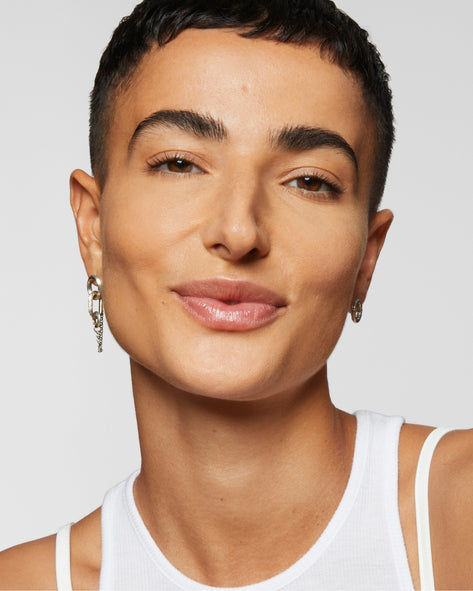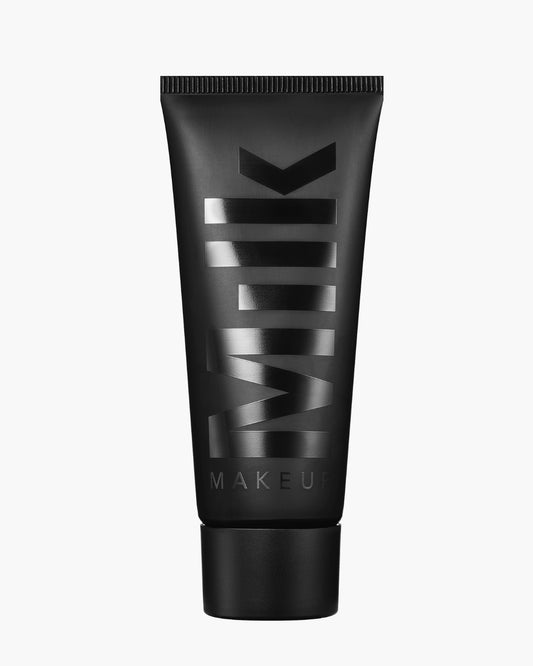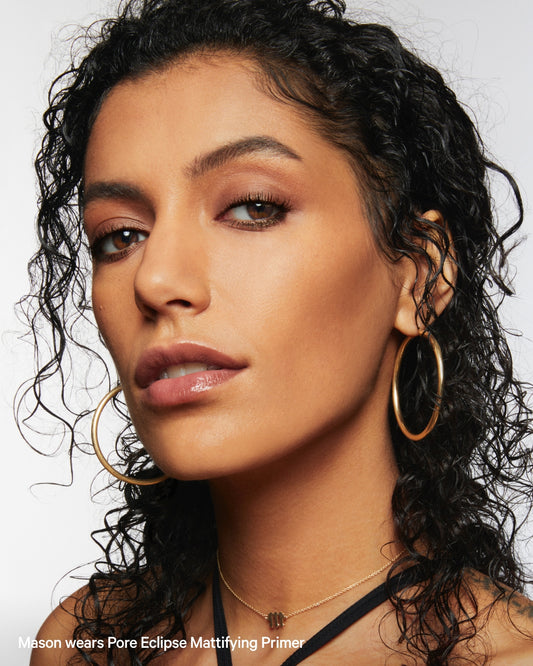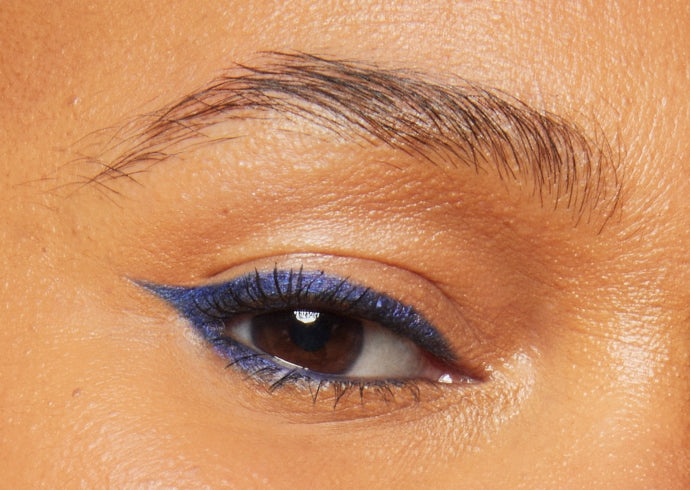Trying to find the best foundation for your skin tone can feel weirdly like a pop quiz. Do you have a warm, neutral, cool, or olive undertone? Do you need light or full coverage? Do you want a matte or dewy finish? And how do you account for sun exposure in the summer months? (It’s overwhelming, we know.)
But don’t worry—we have you covered. Our Hydro Grip Gel Tint comes in 15 long-lasting shades which seamlessly flex across a range of undertones to make sure you get the best match possible. Gone are the days where you dedicate an afternoon combing through the shelves for the best foundation (or foundations). Read on for some quick tips on getting the perfect shade match.

How to find your foundation shade in a store
Going in-store and swatching in person is the best way to get your perfect match. “Ask for some help or find your shade solo,” says Sara Wren, our Senior Director of Artistry. If you go with the latter, start by choosing two or three shades that look closest to your skin tone.
Mimi Sanchez, our Northeast Regional Sales & Education Manager, recommends swatching on the jawline “to ensure it blends effortlessly into the next.” The jawline is an effective area for finding the right color match for your skin because it’s where the face transitions into the neck, making it a great spot to test how the foundation blends with your overall skin tone.
Then, blend your swatches into the skin. “As you start to blend, one shade should completely disappear into the skin or come close to it,” Sara says. “This is your ideal shade.”
How to find your shade online
Finding your right foundation shade online might feel harder than in-store, but it isn’t impossible. Start by figuring out your skin undertone; the easy way to do this is by checking your veins, Sara says. “If they look blue or purple, you’re probably cool-toned. If they seem green, you’re likely warm-toned. If you can’t tell, you’re probably neutral.”
Next step to determining your undertone is to think about which jewelry flatters you more. “Silver tends to look better on cool tones, while gold suits warm tones. If both work, you might be neutral,” says the makeup artist. Finally, pay attention to how your skin reacts to the sun. “If you burn easily, you’re probably cool. If you tan easily, you’re warm.”
Hydro Grip Gel Tint comes 15 different shades, all of which are listed according to their tone and undertones. And because of the flexible and buildable light-to-medium coverage, it doesn’t feel quite so scary ordering online.
For medium-to-full coverage foundations, you don’t have quite as much flexibility as the formulas are more opaque. If you know your undertone, you should be able to use that to narrow down your pick. Or, when in doubt, test out the shade in store, especially for liquid foundation.
How to Make Your Foundation Match Year-RoundThere’s nothing worse than doing all the correct steps to find the perfect foundation, only for it to become the wrong shade once summer comes around. “You can use the same foundation all year round, however it won't guarantee it will be a perfect shade match,” says Mimi. She recommends having a different foundation color depending on the season. “Your winter shade should match your natural skin tone with your summer shade usually being one to two shades deeper depending on how much you've been under the sun.” You might also want to experiment with different foundation formulas for different weather types. A skin tint, like our Hydro Grip Gel Tint, has a breathable and hydrating formula that provides light coverage with a natural dewy finish that stays glowy without ever looking greasy in the summer heat. Plus, it’s also hydrating thanks to skincare ingredients like Triluronic acid, making it ideal for keeping dry skin hydrated in winter too. In other words: It’s great all year-round. |
 |
How to Make Sure Your Concealer Matches Your Foundation
Concealer and foundation go together like beans and rice. However, everyone uses their concealer a little differently—keep this in mind when you’re choosing a foundation. Where, how, and why you typically apply concealer should all be taken into consideration.
For example, “if you are looking to brighten under the eyes or hide dark spots or hyperpigmentation, going one shade lighter than your foundation can help lift those darker areas,” Sara says. “For blemishes, texture, or redness, I try my best to match foundation and concealer.” Too-light concealer on a pimple acts like a spotlight, drawing more attention to it. “That is simply not the vibe,” she says.
Those tips should help you find your perfect foundation shade in no time! Still not ready to choose a shade on your own? Send a selfie (taken in natural light) to whatsmyshade@milkmakeup.com, and we'll be more than happy to be your personal shade finder.
—with additional reporting by Deanna Pai
Meet the Expert
Sara Wren (she/her) is the Senior Director of Artistry at Milk Makeup. In her role, she does all the makeup artistry and direction for our Milk Makeup global campaigns, educates the staff and field team on application methods, stars in the brand’s social media videos, and travels to different markets spreading Milk Makeup’s good vibes. When she’s not on set, Sara loves experimenting with DIY hair colors, eating tacos, watching basketball, and scouring for vintage cosmetics to add to her impressive collection.
Mimi Sanchez (she/her) is the Northeast Regional Sales & Education Manager at Milk Makeup.
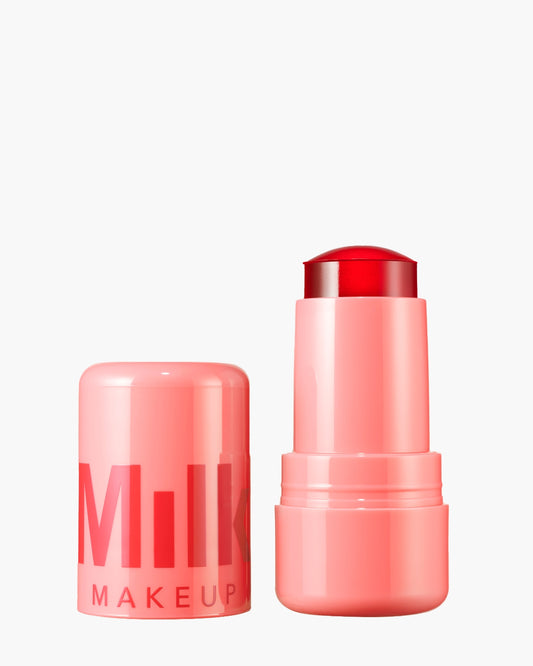
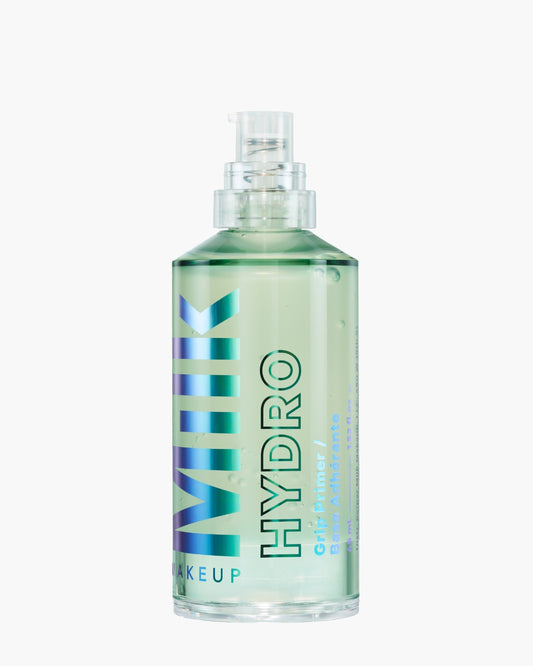
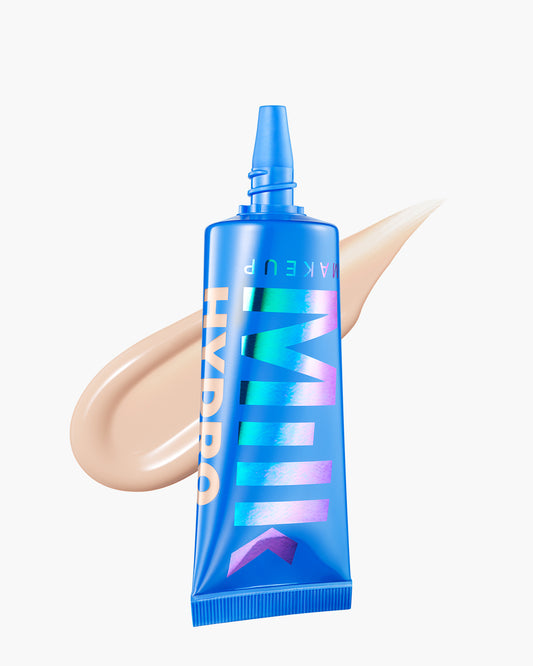
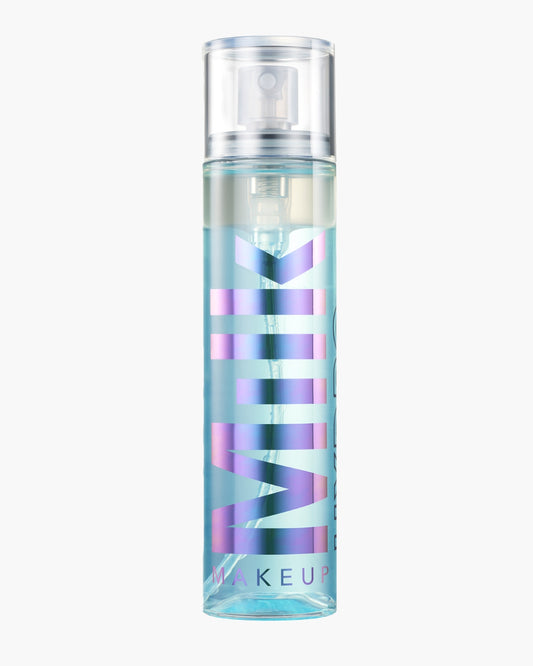
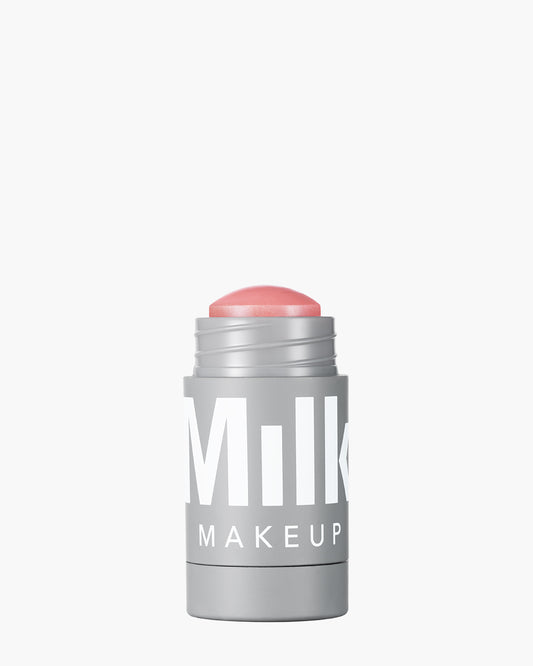


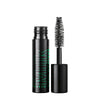
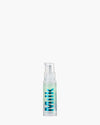
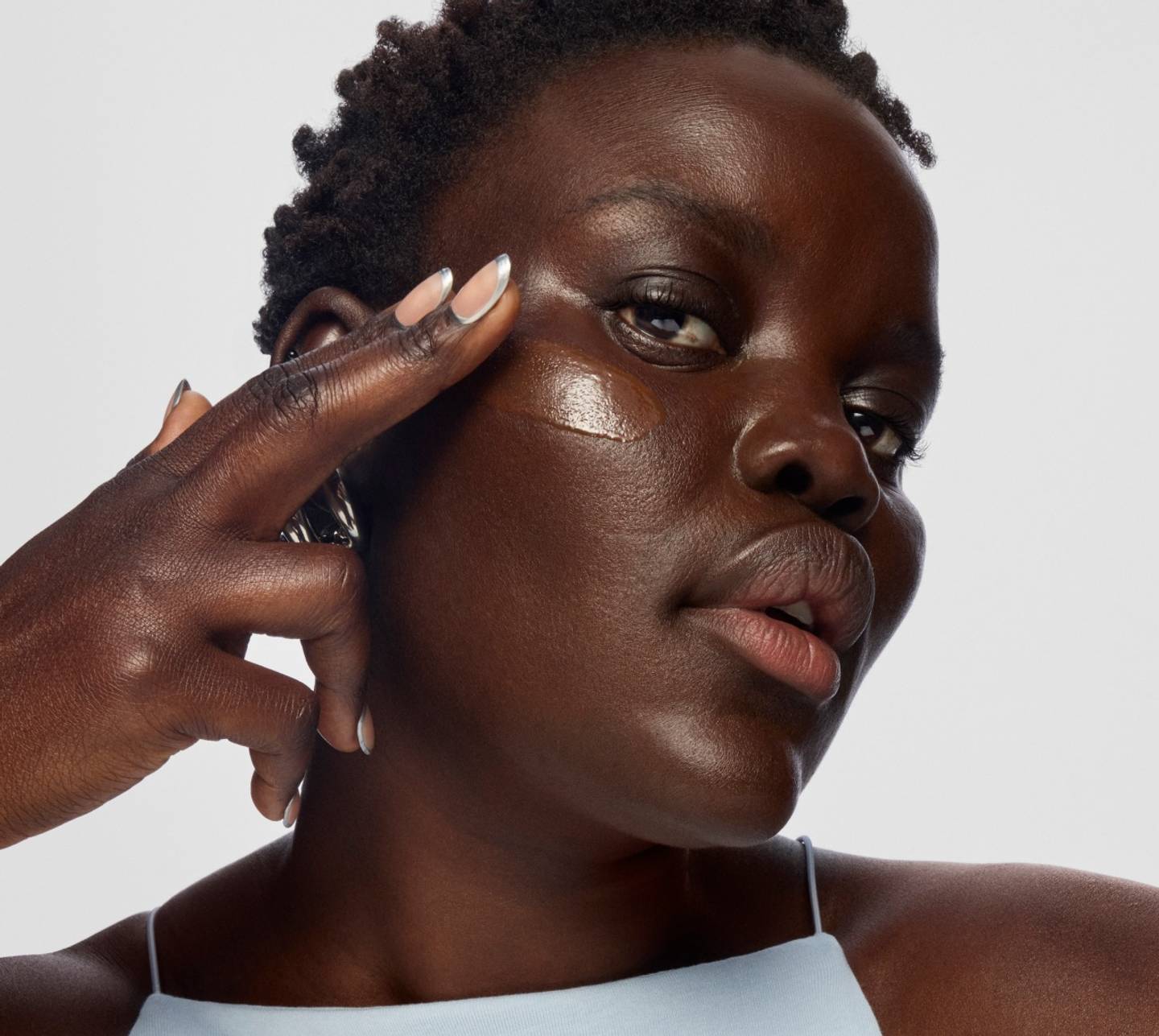
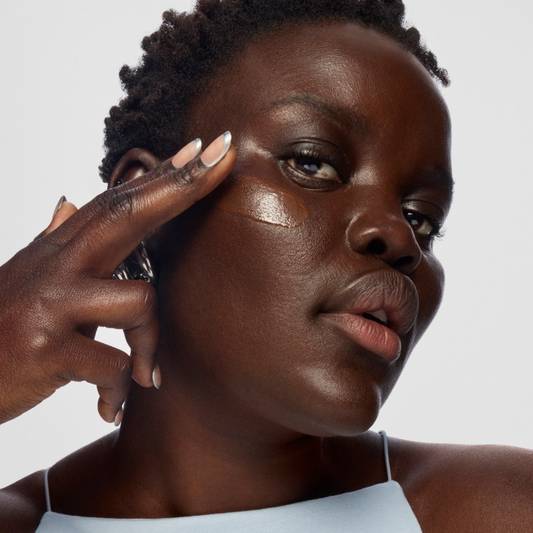
 "
"